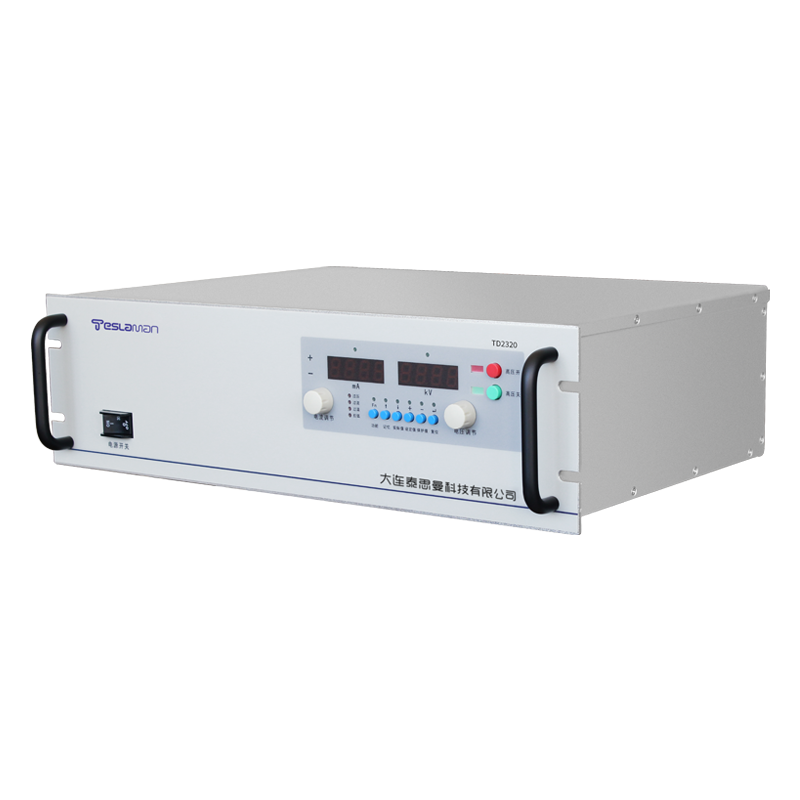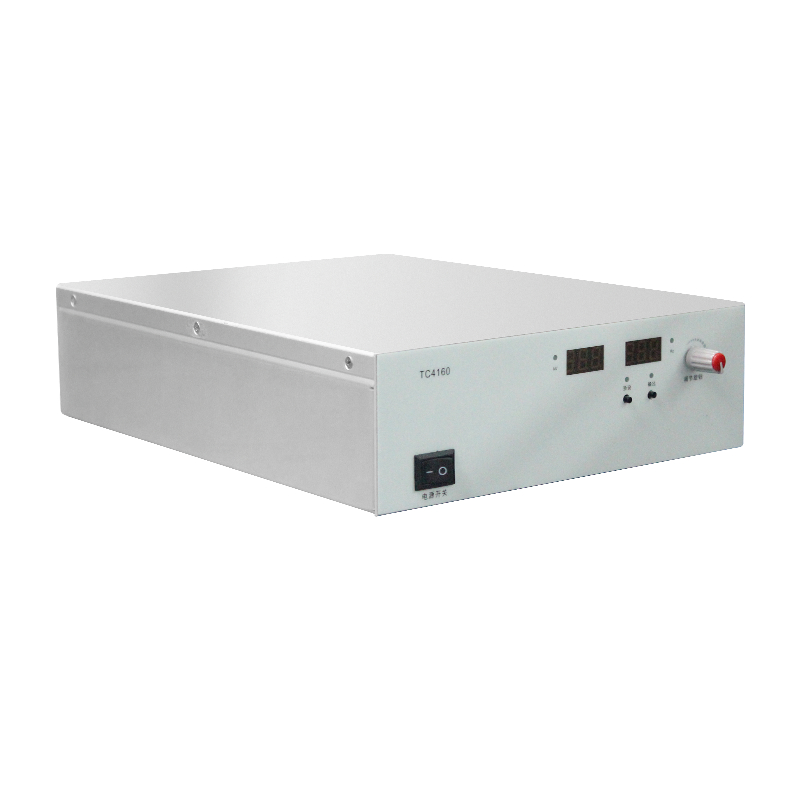The Beam Energy Distribution of High-Voltage Power Supplies for Neutron Accelerators
In the neutron accelerator system, the high-voltage power supply plays a crucial and pivotal role. Its performance directly affects the beam energy distribution, and thus determines the working efficiency and application effect of the accelerator. A thorough study of the beam energy distribution of high-voltage power supplies for neutron accelerators is of great significance for optimizing the performance of the accelerator and expanding its application fields.
The high-voltage power supply provides the required electric field for the acceleration of particles. Its stability and precision have a decisive influence on the beam energy distribution. Under ideal conditions, a uniform and stable high-voltage electric field enables particles to obtain a uniform energy gain, thus achieving an ideal beam energy distribution. However, in actual operation, due to factors such as the characteristics of electronic components inside the power supply, load changes, and external environmental interference, the electric field output by the high-voltage power supply often has certain fluctuations, leading to deviations in the beam energy distribution.
The non-uniformity of the beam energy distribution will have multiple impacts on the performance of the neutron accelerator. On the one hand, the deviation of the energy distribution will lead to a decrease in the focusing performance of the beam, causing the motion trajectories of particles in the accelerator to disperse, and reducing the intensity and quality of the beam. On the other hand, the non-uniform energy distribution may also affect the efficiency and energy characteristics of neutron production, thereby limiting the application of the accelerator in fields such as nuclear physics research, materials science, and medical treatment.
To improve the beam energy distribution, researchers have adopted various technical means. For example, by optimizing the circuit design of the high-voltage power supply, using high-precision voltage regulation modules and stable feedback control systems, the voltage fluctuations of the power supply output can be effectively reduced, and the uniformity of the electric field can be improved. In addition, beam diagnostic techniques can be used to monitor the beam energy distribution in real time, and the high-voltage power supply can be dynamically adjusted according to the monitoring results to achieve precise control of the beam energy distribution.
In practical applications, the beam energy distribution of high-voltage power supplies for neutron accelerators also needs to be optimized according to specific application requirements. For example, in the field of medical treatment, in order to achieve precise irradiation of tumor tissues, the beam energy distribution needs to be adjusted to an appropriate range to ensure that while killing tumor cells, the damage to surrounding normal tissues is minimized.
In conclusion, the beam energy distribution of high-voltage power supplies for neutron accelerators is a complex and crucial issue, which requires comprehensive consideration of multiple factors such as power supply performance, beam characteristics, and application requirements. Through continuous technological innovation and optimization, the uniformity and stability of the beam energy distribution can be further improved, providing more solid technical support for the widespread application of neutron accelerators in various fields.




















